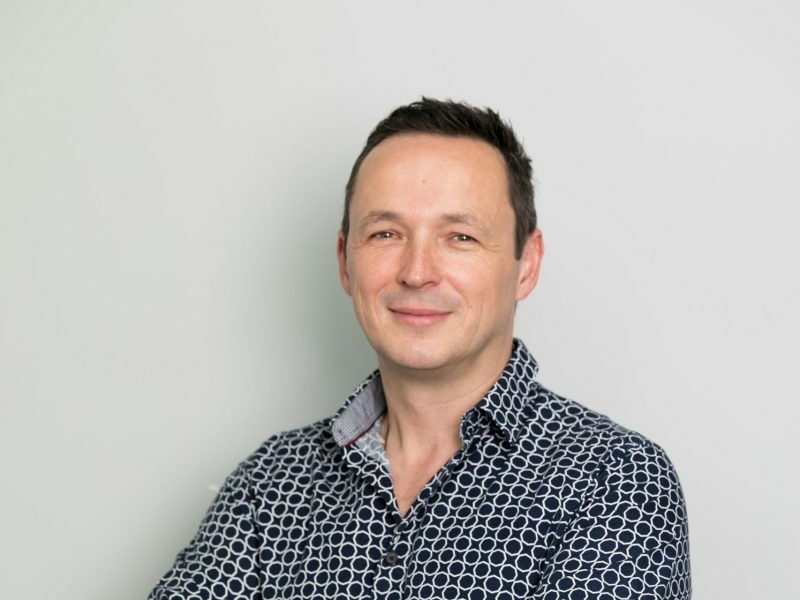
Investigating methods to treat child cancer more gently and with less long-term adverse effects
What is the problem and who does it affect?
Cancer is a leading cause of childhood death in New Zealand. Approximately 150 children under the age of 14 will be diagnosed with some form of cancer every year.
One particularly aggressive form of cancer is the blood cancer acute myeloid leukaemia (AML) which results in death for 40 per cent of those children unfortunate enough to receive a diagnosis.
AML is caused by genetic mutations in the bone marrow leading to overproduction of immature faulty blood cells. The leukaemia cells also hamper the production of healthy blood cells and this causes anaemia, infections, and bleeding.
AML needs aggressive treatment with chemotherapy and sometimes bone marrow transplantation. Although survival rates have increased, the side effects of treatment can cause serious short-term and long-term health problems that may also be life threatening.
What is this research hoping to achieve?
Dr Andrew Wood is a childhood cancer specialist who has recently repatriated to the University of Auckland from the Children’s Hospital of Philadelphia (CHOP) with support from Cure Kids.
Cancer treatments can be very effective, but the treatment often harms healthy cells and cancer cells alike. A good analogy is that chemotherapy is like firing a shotgun at a bull’s eye; there’s a good chance of hitting the bull’s eye but a lot of health tissue is injured at the same time.
However, targeted therapies are cancer therapies that are more like a sniper’s rifle. They increase the chance of hitting the target, and cause less damage to surrounding healthy tissue. But to develop these therapies researchers need to study cancers in enormous detail.
Dr Wood and his team are creating models of AML in the lab to do just that. They are using gene editing techniques to recreate and study mutations seen in patients with an emphasis on a gene called ETV6.
The intention of this research is to build new models of leukaemia in cells, zebrafish and mice that can be used to understand how more about the pathology of AML, and hopefully to find new drug targets.
The research will hopefully lead to the development of preclinical drugs and, eventually, safer and more gentle treatments for the kids and families burdened with cancer.

Help fund our big research.
Every bit helps.
